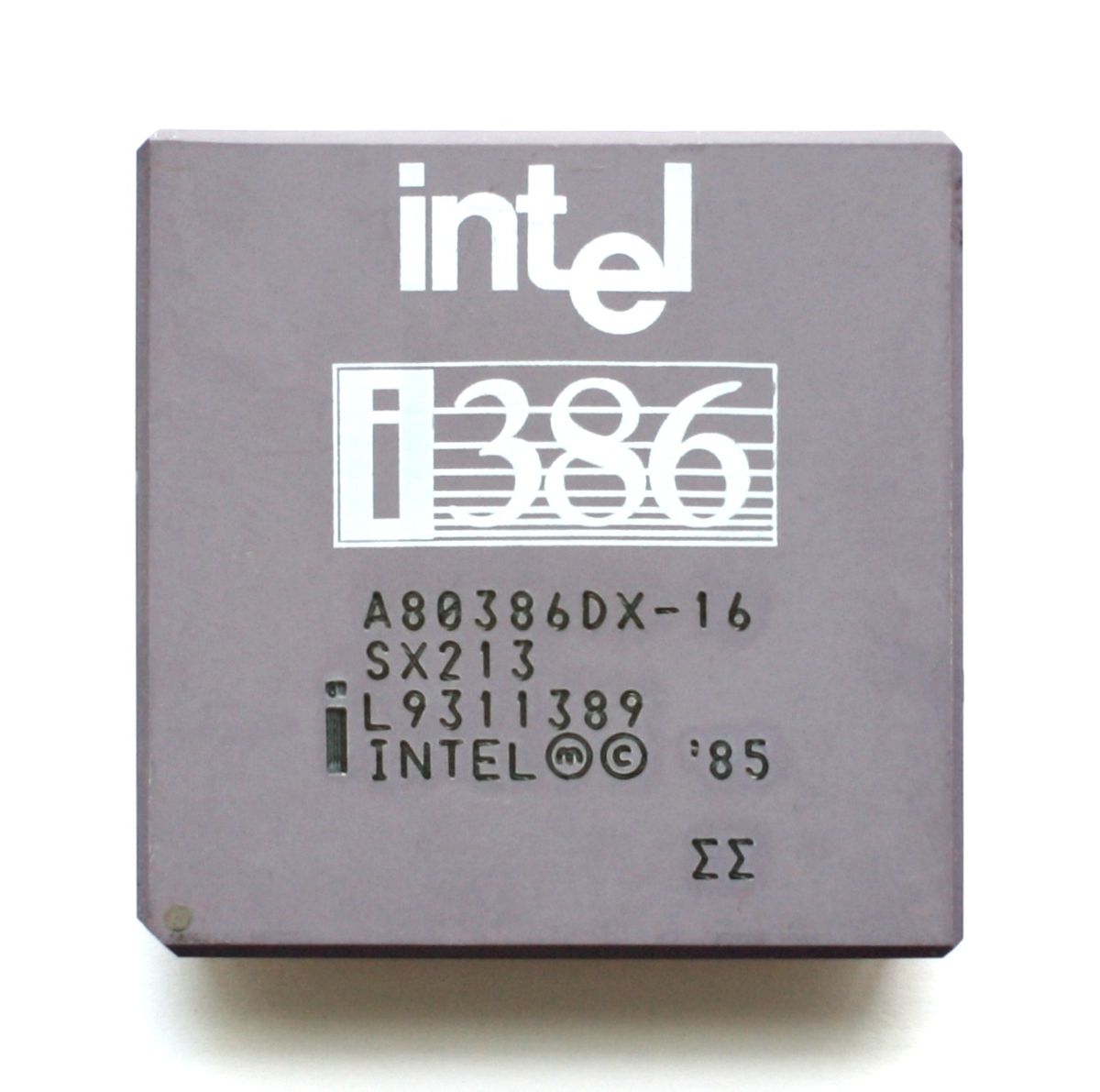I use O365 Business (Or whatever the heck they call it now) for my email, so for SMTP on all my devices at home, I use an O365 account with an app password, sending as a distro-group so it can have a custom name
This works, but I don’t like how every device/server has O365 creds in it. I am thinking I should setup an SMTP Relay at home locally, which sends to O365 (Or Sendgrid, etc etc) and then SMTP on local services can just point to that local address
Is this the right way to go about it? What is the current best software do it? I’ve only ever had experience using IIS to do this, and of course I don’t want to be running windows!
Interactive (i.e. end-users) Clients should be using OAuth instead of app passwords. This will allow your users to use their own Office365 credentials for SMTP.
For servers and non-interactive clients (e.g. copiers/printers/toasters/coffee makers) I would suggest something along the lines here: https://learn.microsoft.com/en-us/exchange/mail-flow-best-practices/how-to-set-up-a-multifunction-device-or-application-to-send-email-using-microsoft-365-or-office-365#compare-the-options
I’ve started using SMTP2GO for all my notification. Up to 1000 email/month it’s free. So I don’t have to rely on Google/Microsoft account/changes that they do every once in a while.
I’ve been thinking about using that as an SMTP relay as well (Because my email server doesn’t have reverse DNS). Would you recommend it?
Definitely! I’ve been using without any problem the free version.
I haven’t found any reason online for not using it either, so I guess I’ll just use that. Free account should be more than enough for me too, no way am I going to send more than 1000 emails a month.
If you are just sending notification emails to your own account then you can use SMTP directly to O365 without authentication and it will be delivered as long as it’s being sent within your tenant (if your home IP isn’t in your SPF record it may get delivered to junk however)
This is how we handle scan to email using MFPs in our org. No credentials, or even a mailbox for the outgoing sender, required
In my case I have postfix running as an open relay inside my network that then relays to Amazon SES. But I have my own domain.
I imagine doing something similar where you relay to o365 might work.
I think what you’re doing is fine, in fact, it’s one of the Microsoft recommended methods of doing it.
Acronyms, initialisms, abbreviations, contractions, and other phrases which expand to something larger, that I’ve seen in this thread:
Fewer Letters More Letters DNS Domain Name Service/System IP Internet Protocol SMTP Simple Mail Transfer Protocol
[Thread #344 for this sub, first seen 12th Dec 2023, 10:55] [FAQ] [Full list] [Contact] [Source code]
I use https://github.com/YoRyan/mailrise
Mailrise is apprise under the hood. It’s an SMTP server that converts all the emails it receives to push messages depending on the To address in the email.
Best bet would be to setup postfix or opensmtpd as an open relay. Just make sure it is only accessible in trusted networks though!!
https://docbot.onetwoseven.one/services/postfix/
You’d want to set the listen address to 0.0.0.0 and use a non-loop back interface.
You’re trading one security issue (profileration of app passwords) to another one (an unauthenticated relay). Is it worth it?
An unauthenticated relay isn’t a security problem when it can only send to certain addresses in 365, and isn’t even accessible outside the local network.
Having an unauthenticated relay imposes the responsibility to configure it correctly (the “only certain addresses” part) and protect it (the “accessible outside the local network” bit). Are you sure it’s not accessible? Did you remember to test with IPv6 too? Will it remain protected after the next time you mess around with your firewall for some totally unrelated reason?
If it works - good for you, but be mindful of all the baggage that comes with a new service.
Well…it is a potential risk that links back to you pretty much directly. What is stopping some rogue sw from sniffing out smtp and then going bananas?
I would look for other ways tbh. Running smtp locally is imo asking for trouble.
It’s behind a firewall for one. But even so, you should configure it to only accept connections from the local network, only send via 365, and only to your own address, then the scope is vastly reduced.
threat & impact is essentially identical => “so for SMTP on all my devices at home”; the home environment is a bit swampy, a mix of protected and unprotected network.
A worm/bot sending out mass emails from Business 365 would be perceptually damaging to the business; would advise against SMTP and instead look at other secure methods of provisioning identity that are not quite as labor intensive as sticking credentials in each nook and cranny. Or…simply don’t utilize O365…








